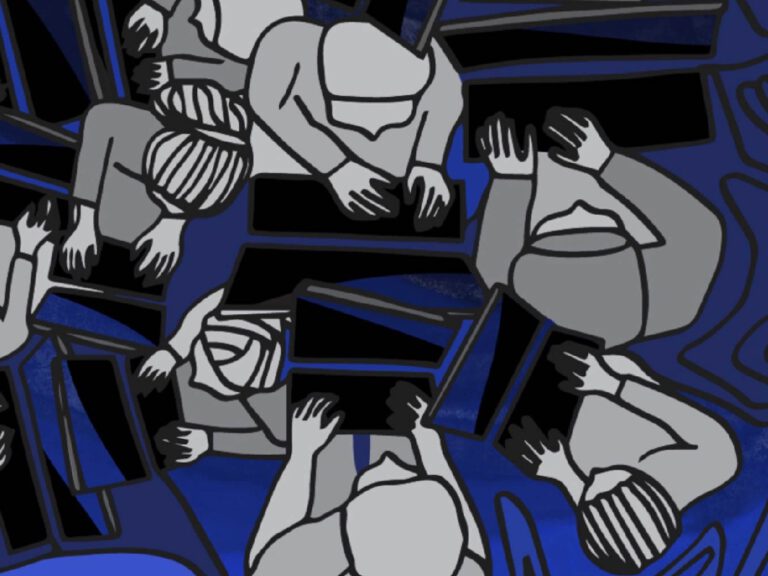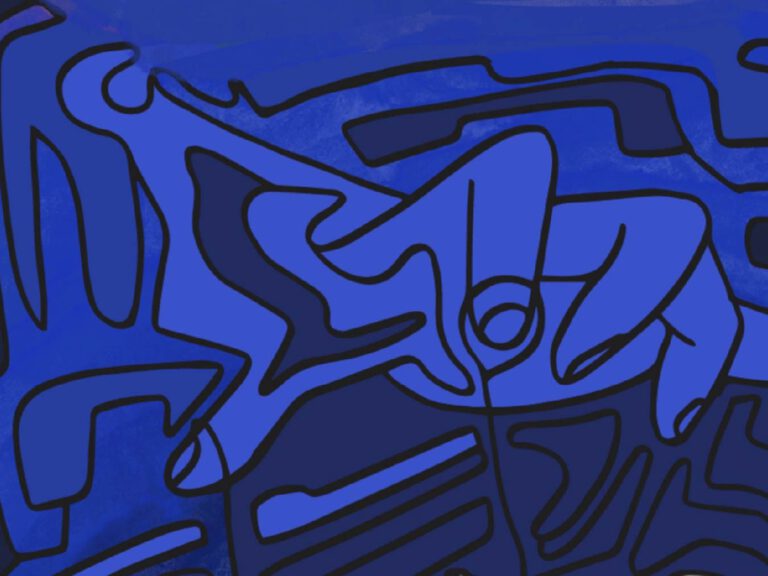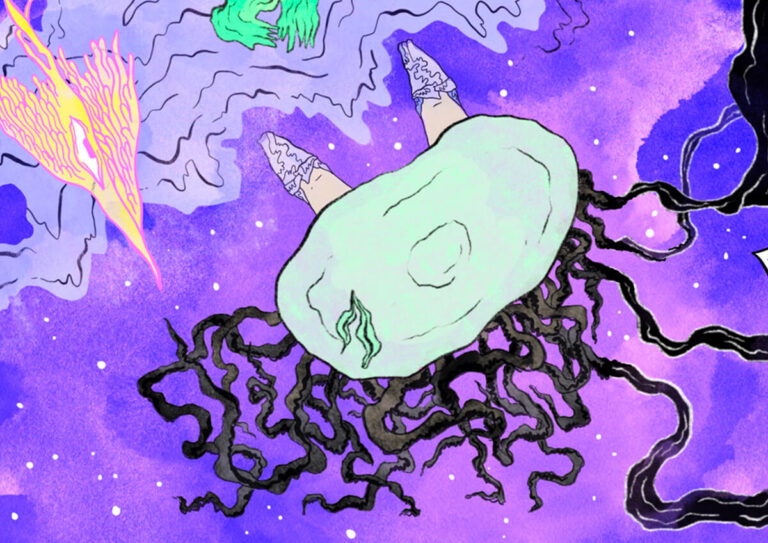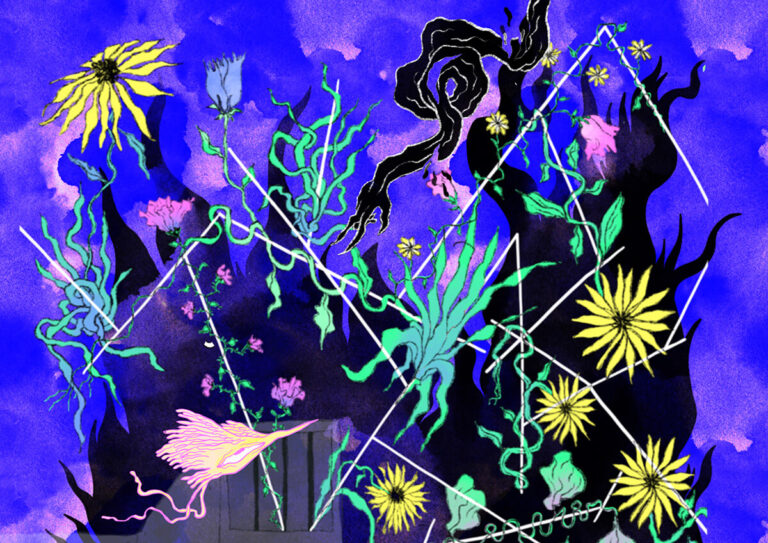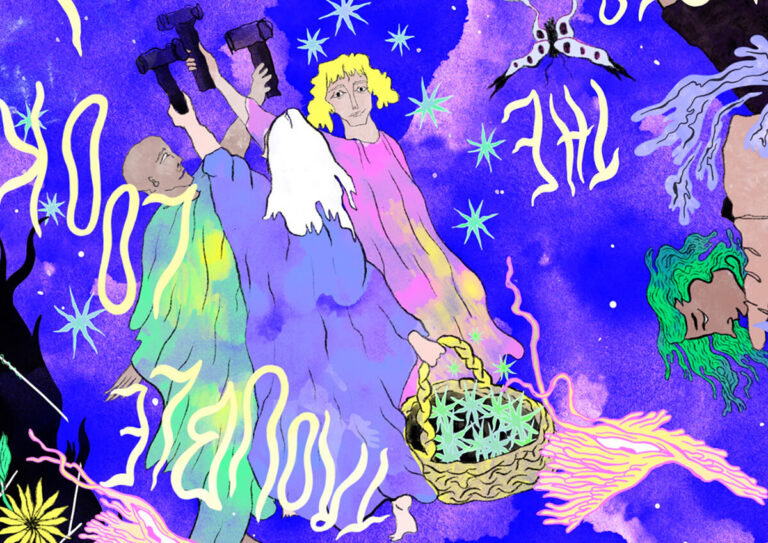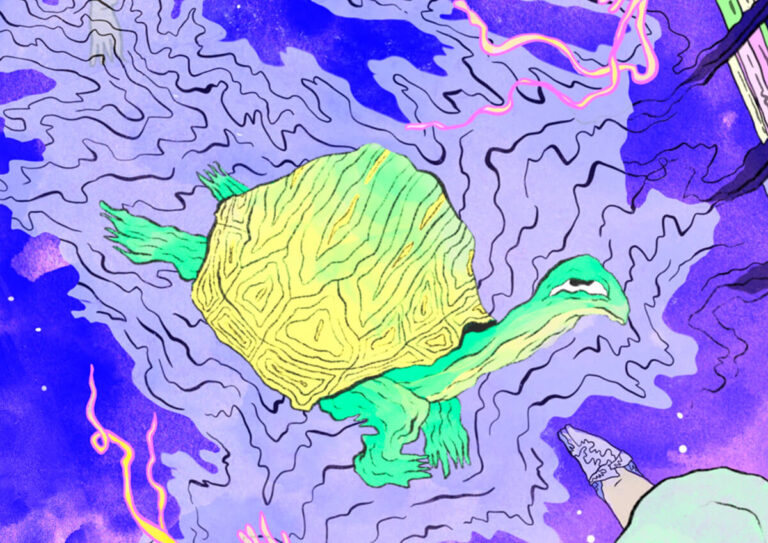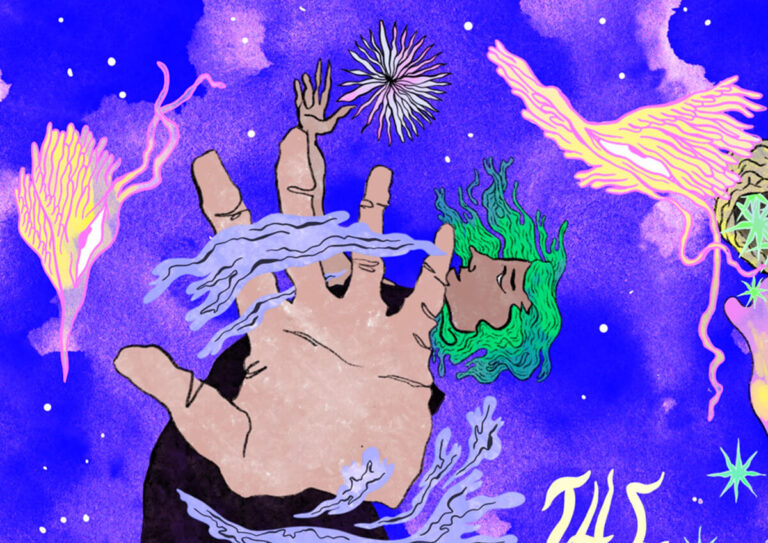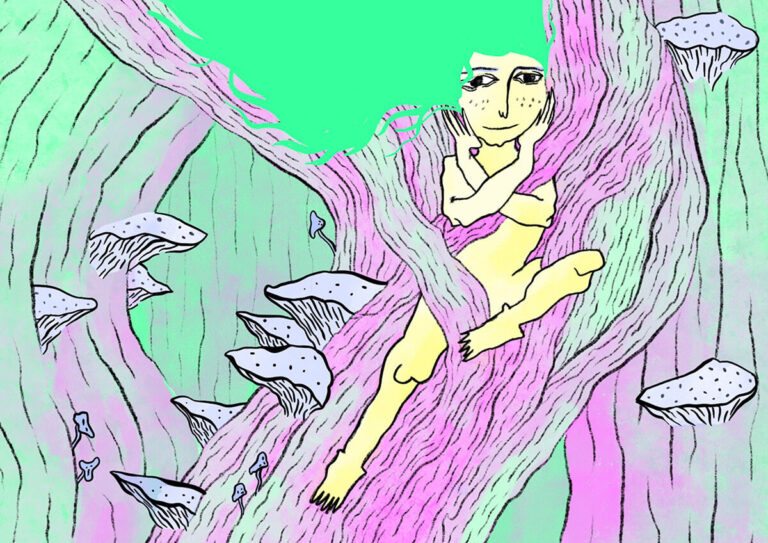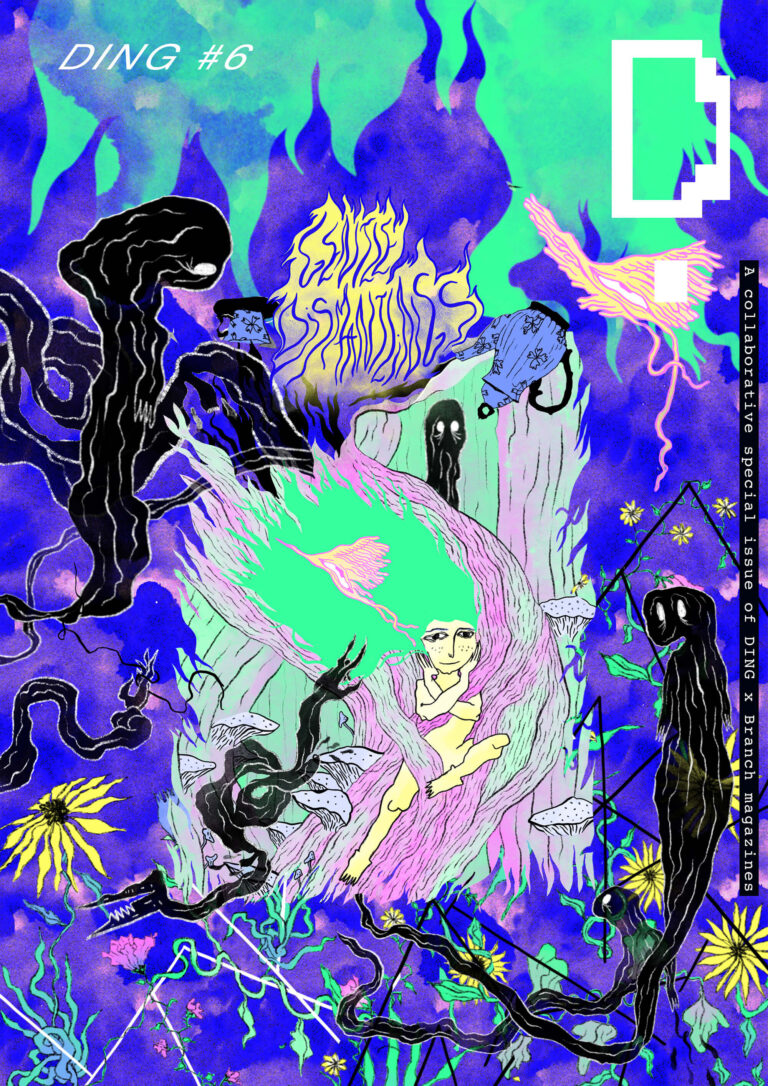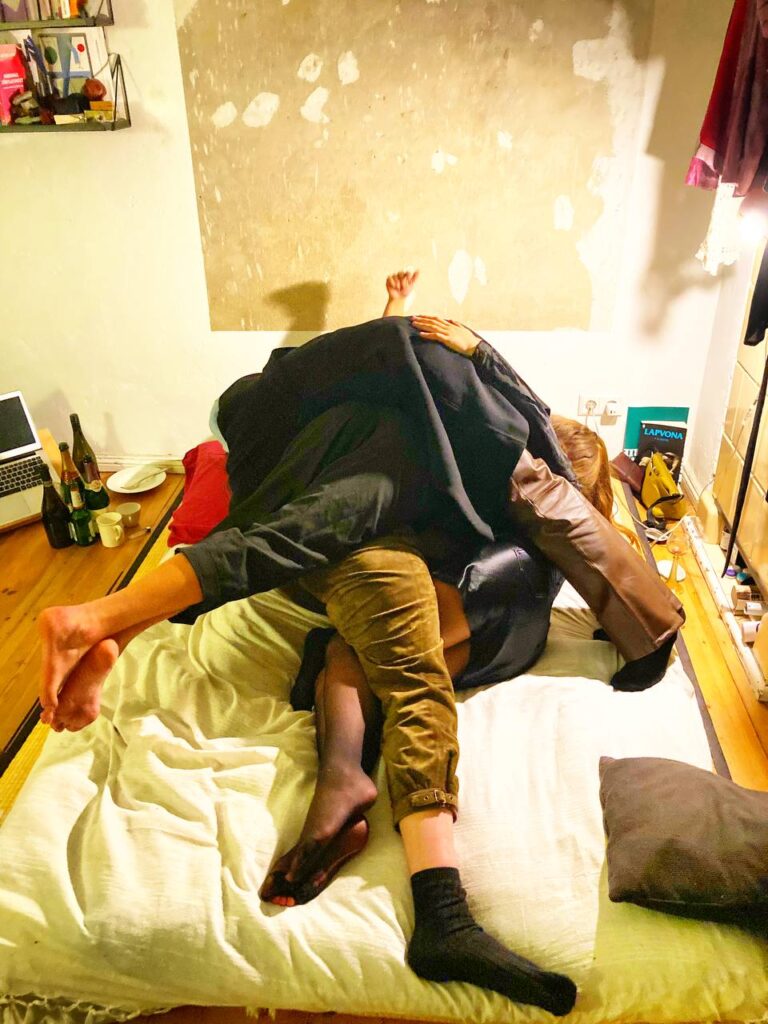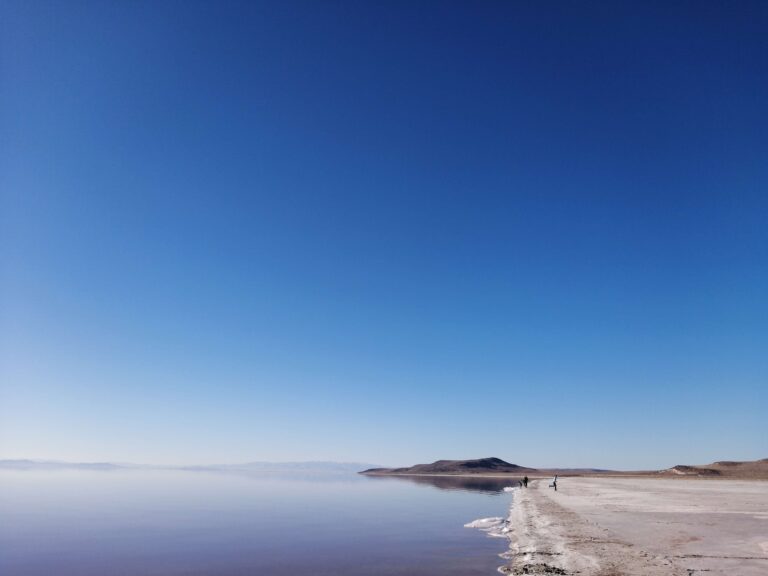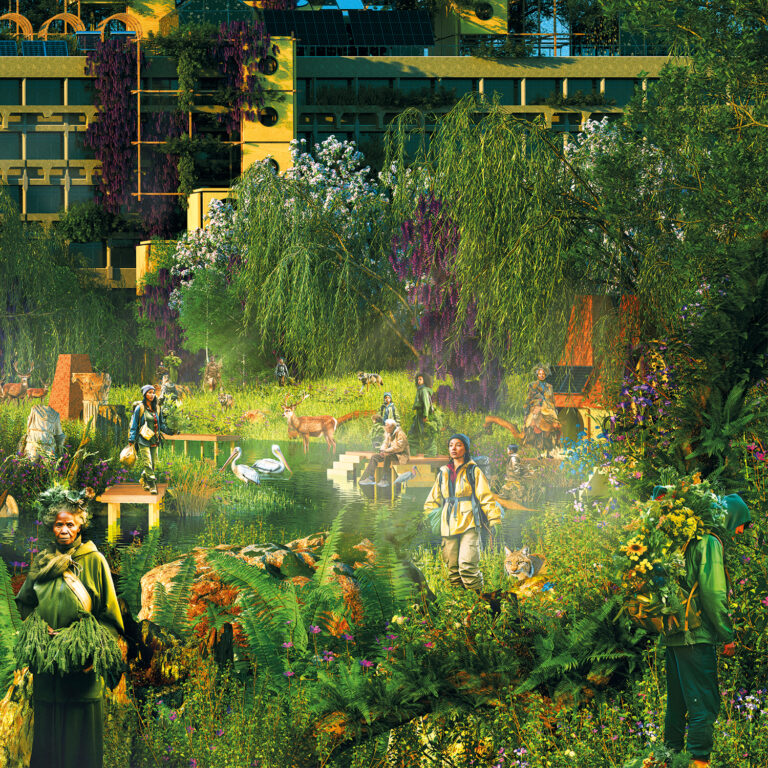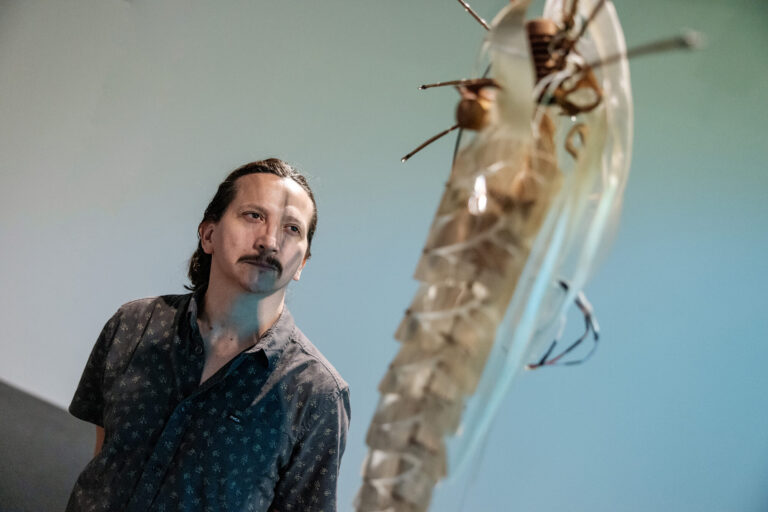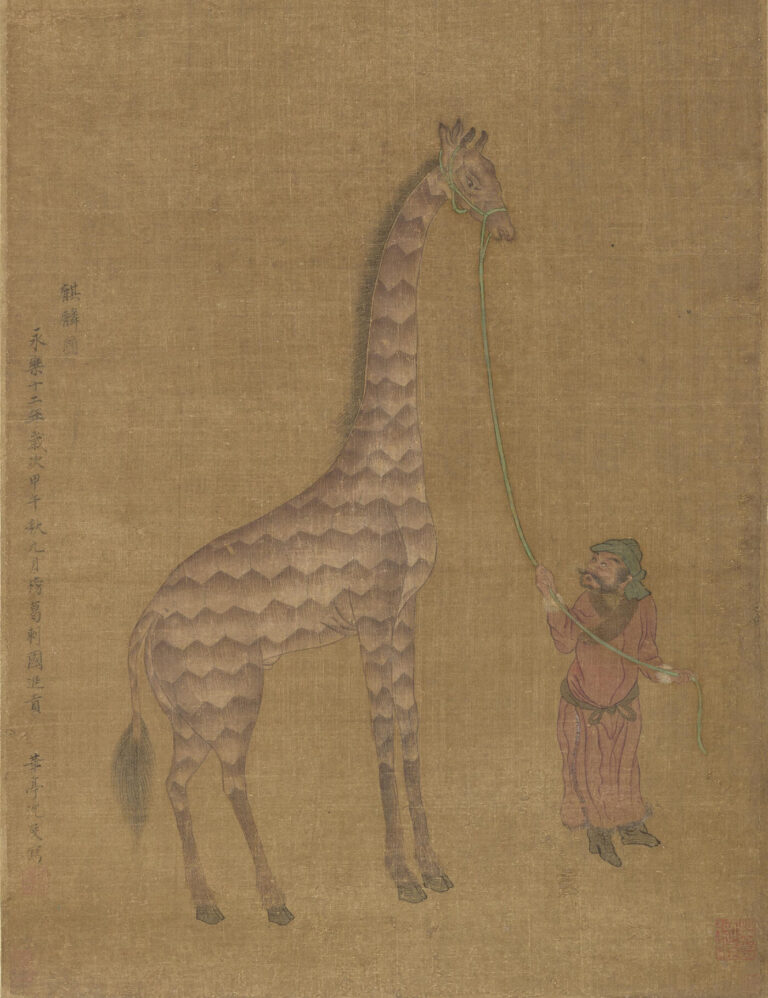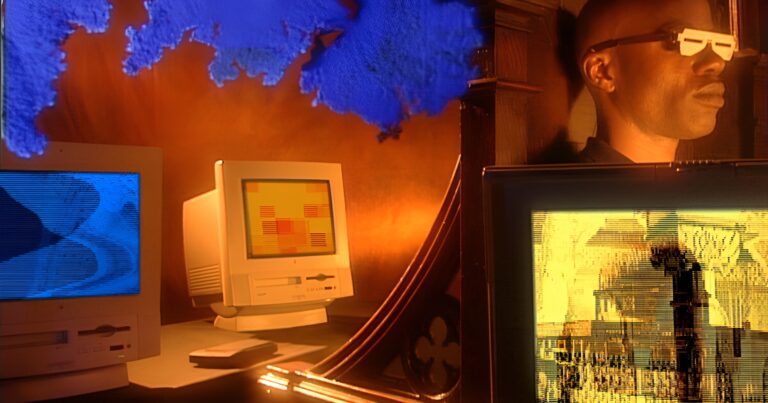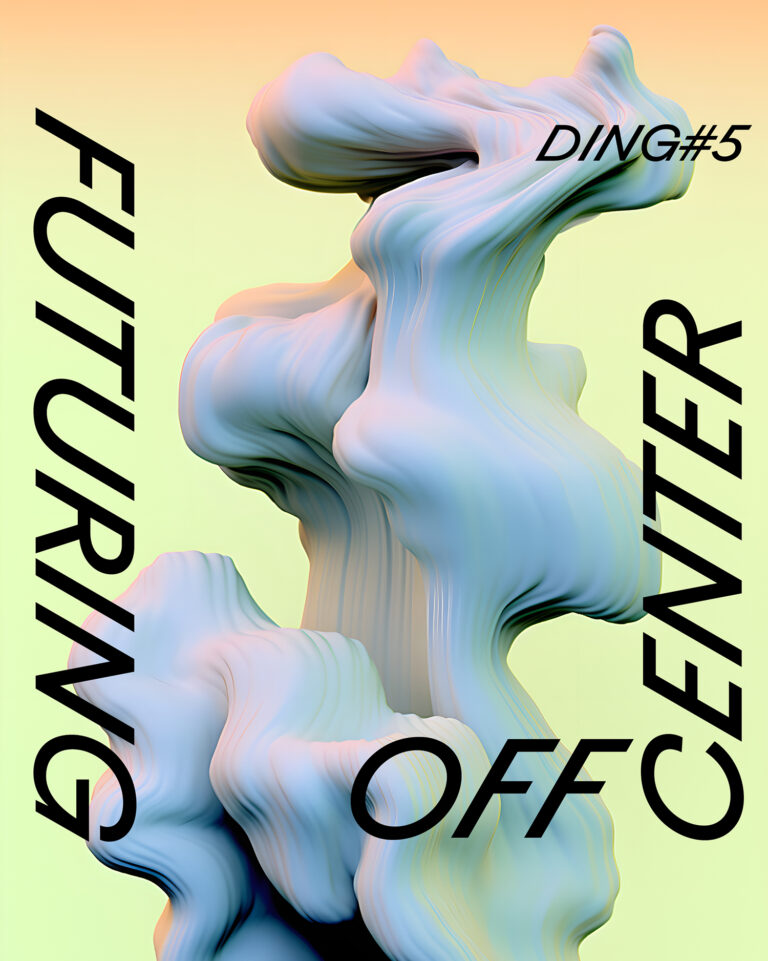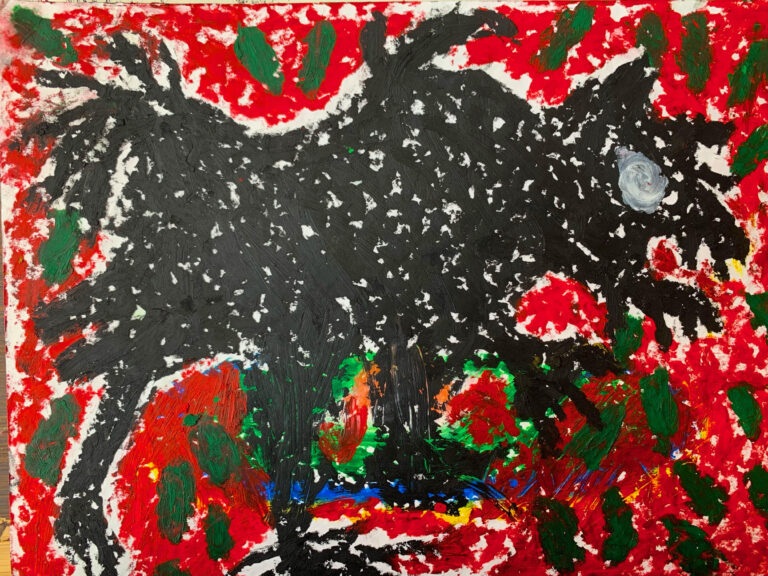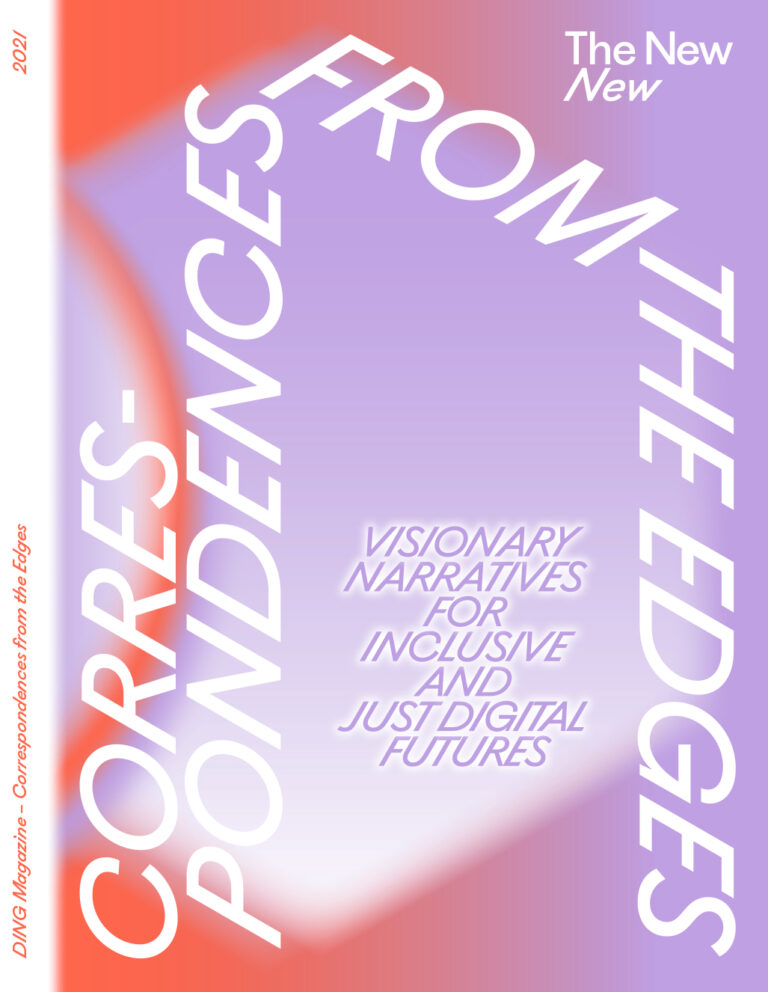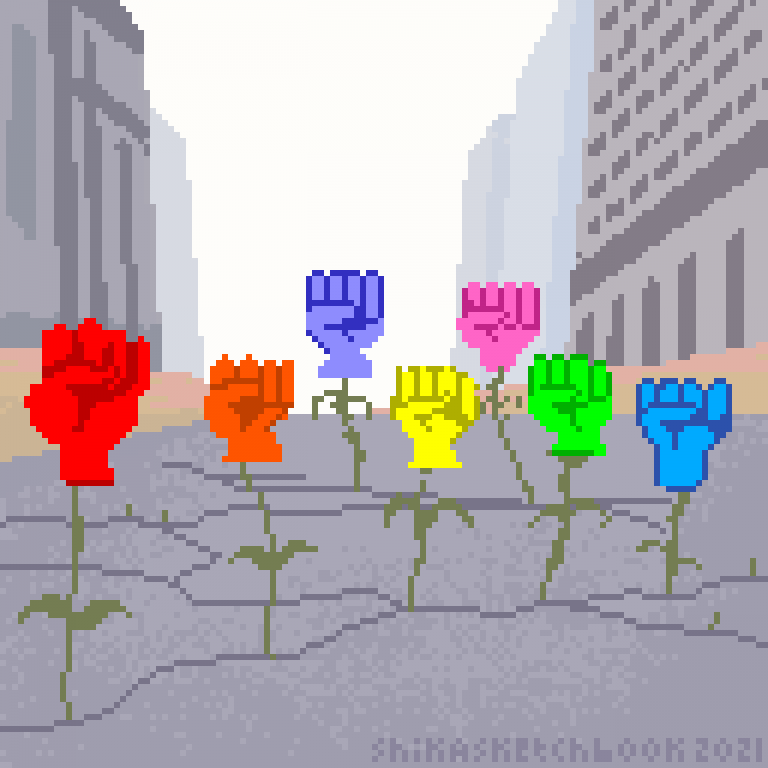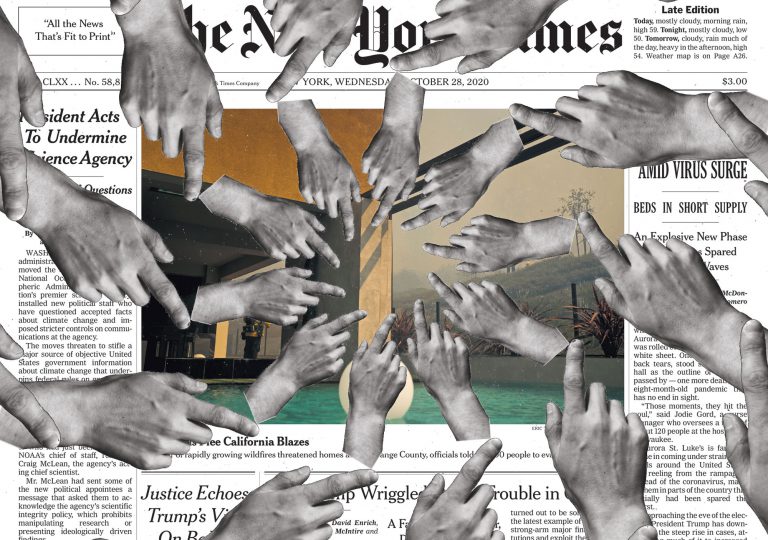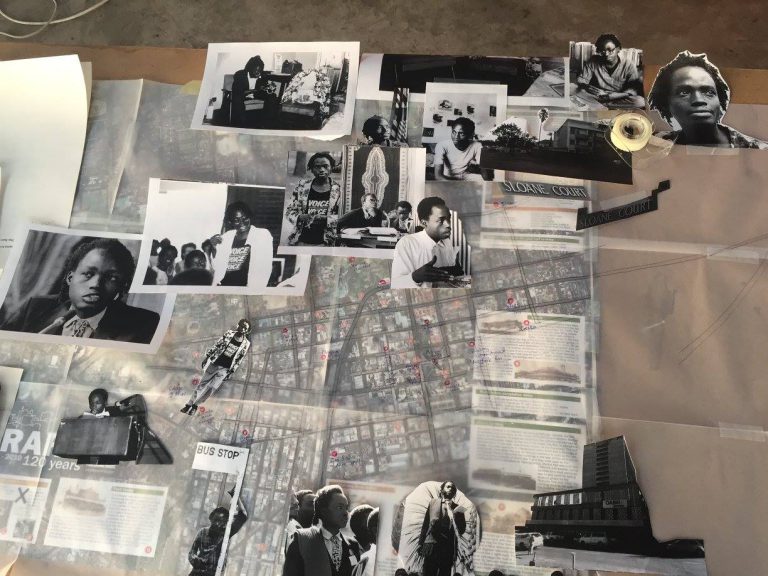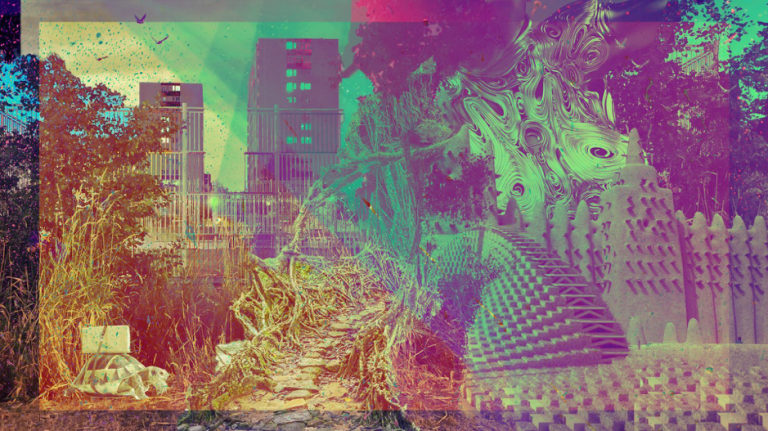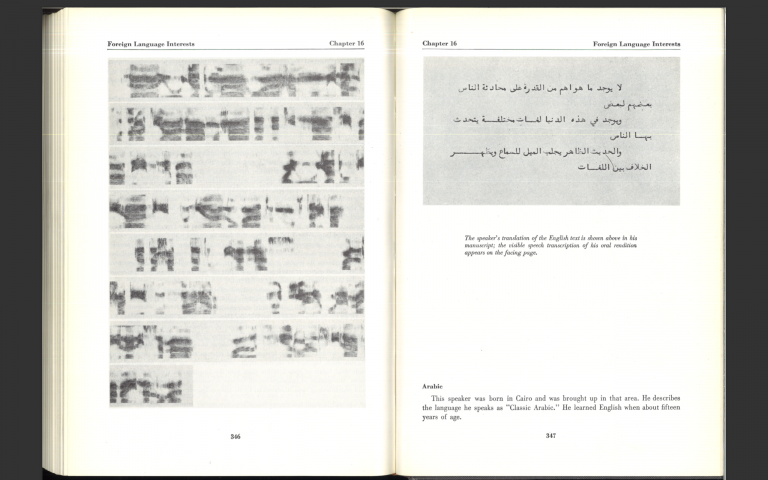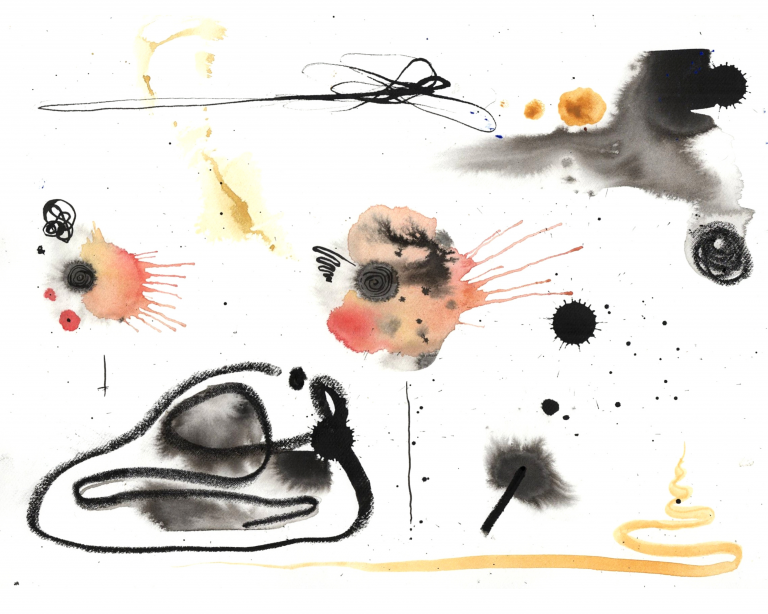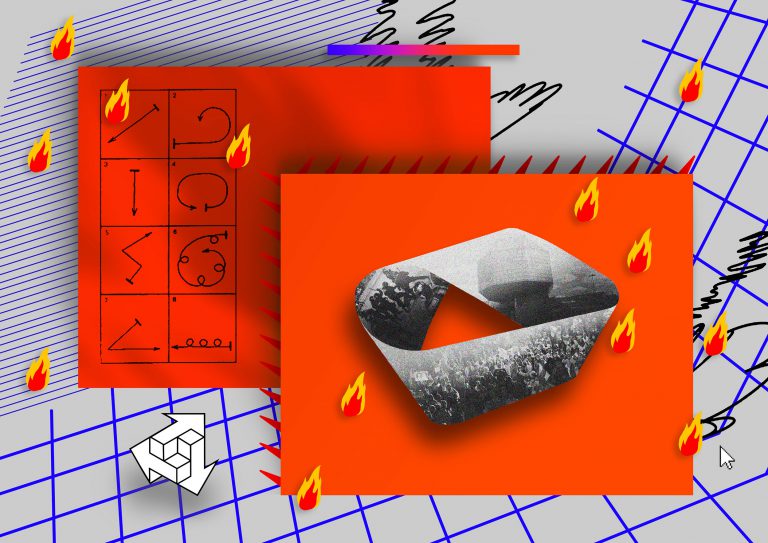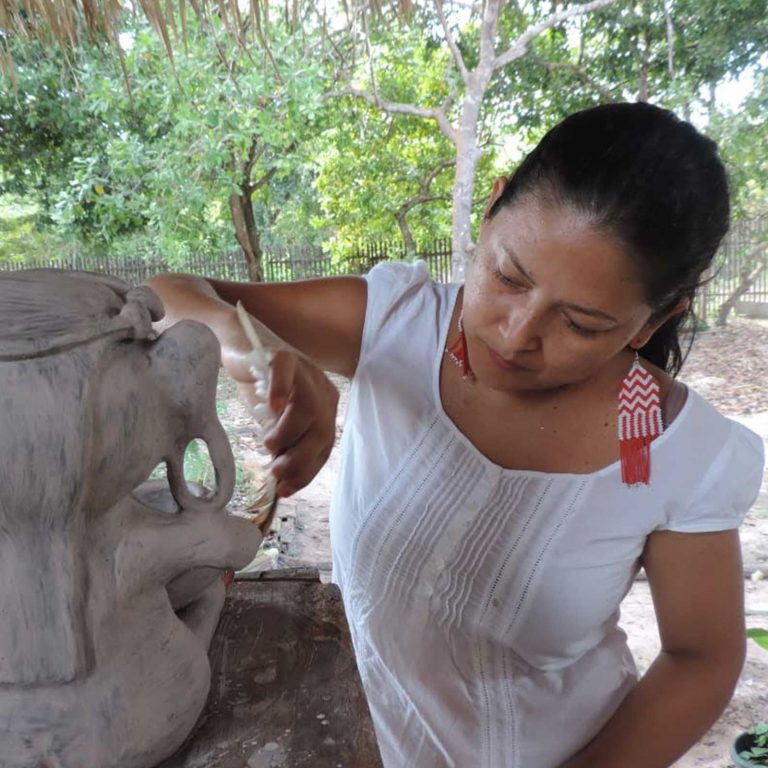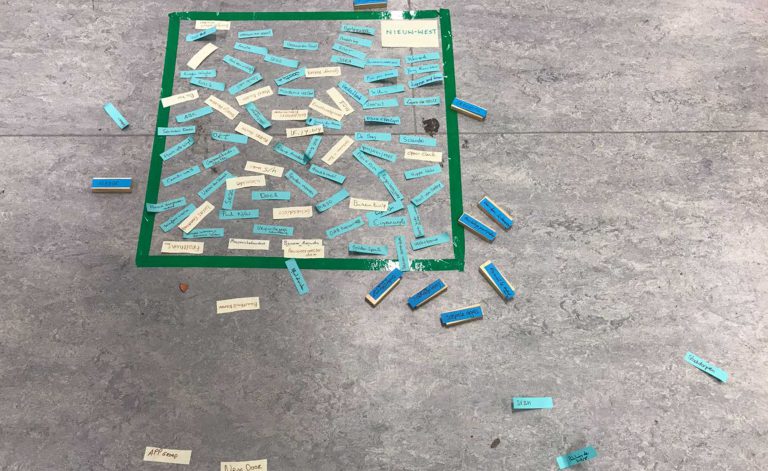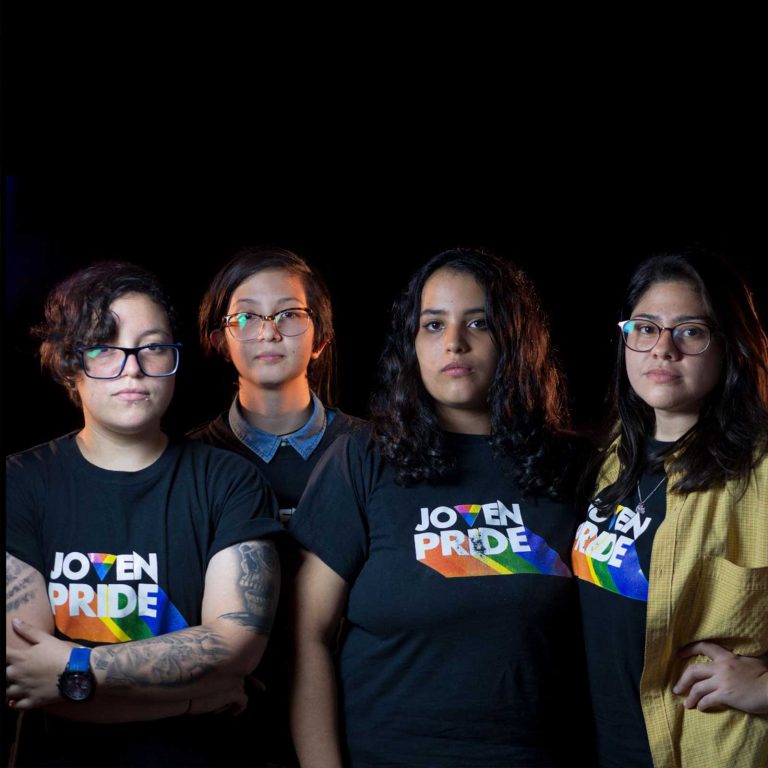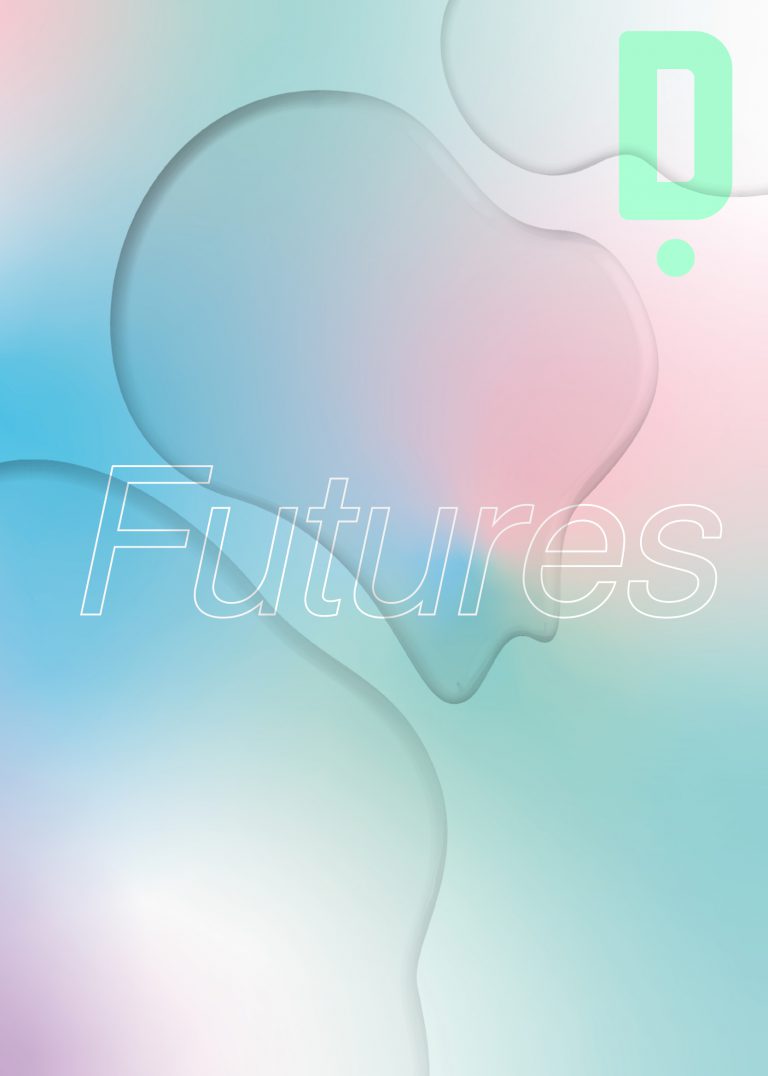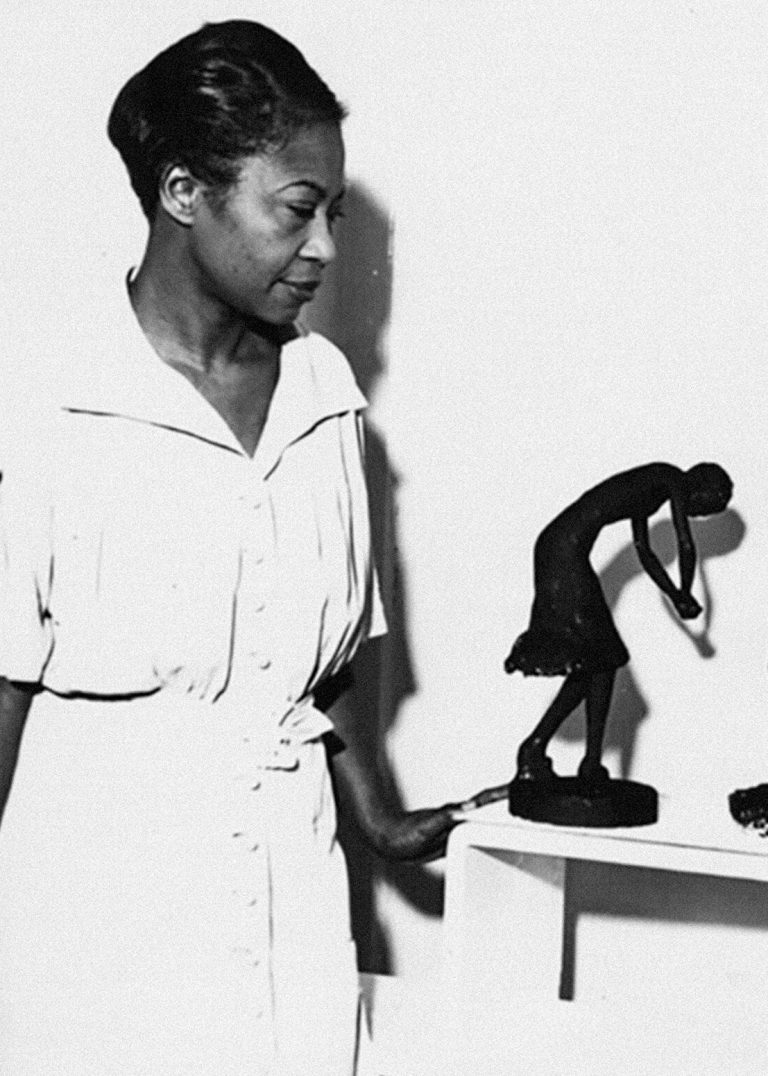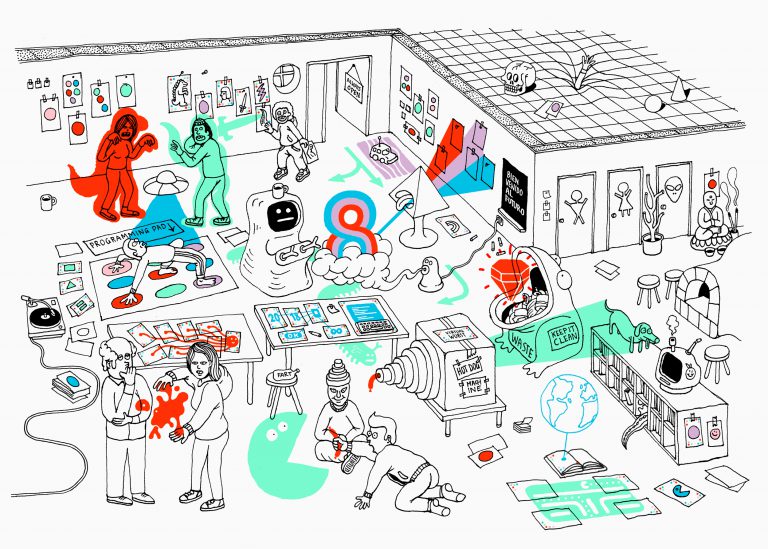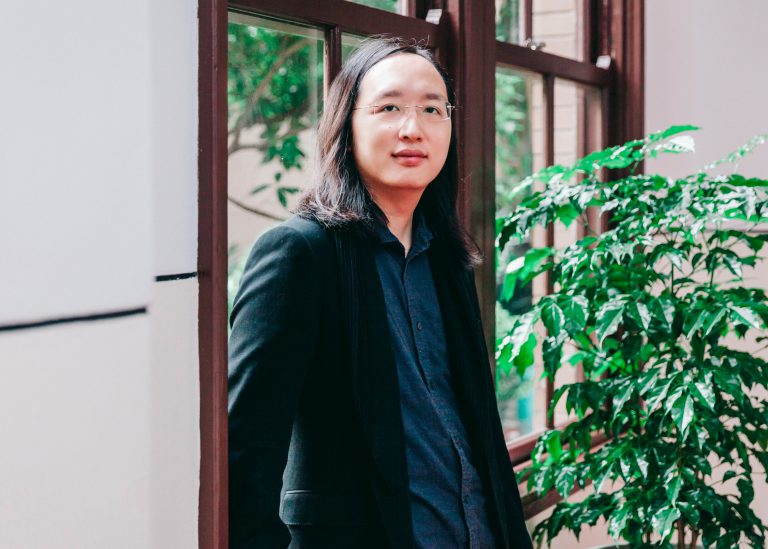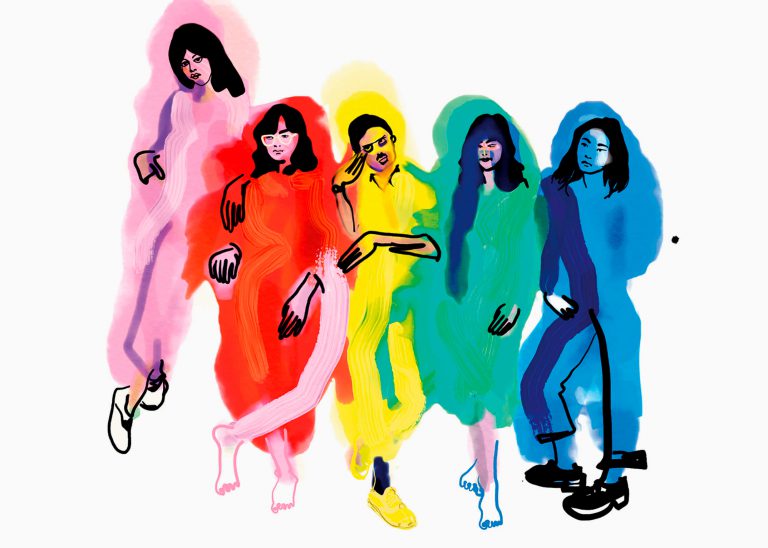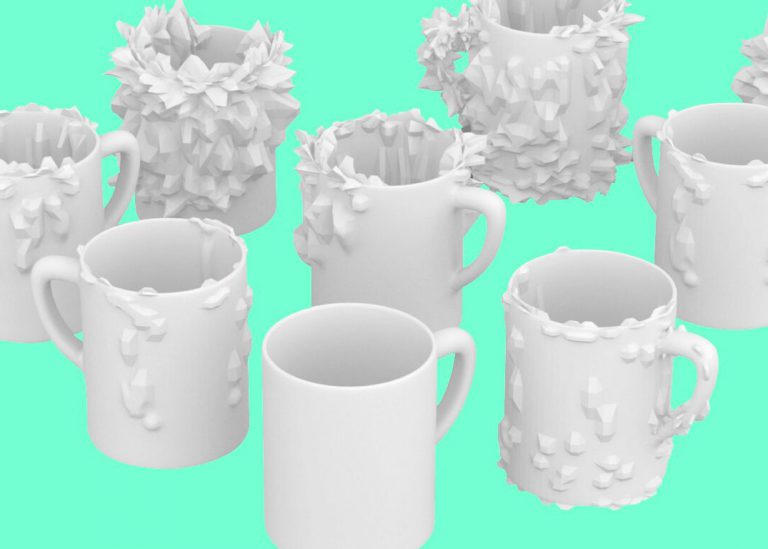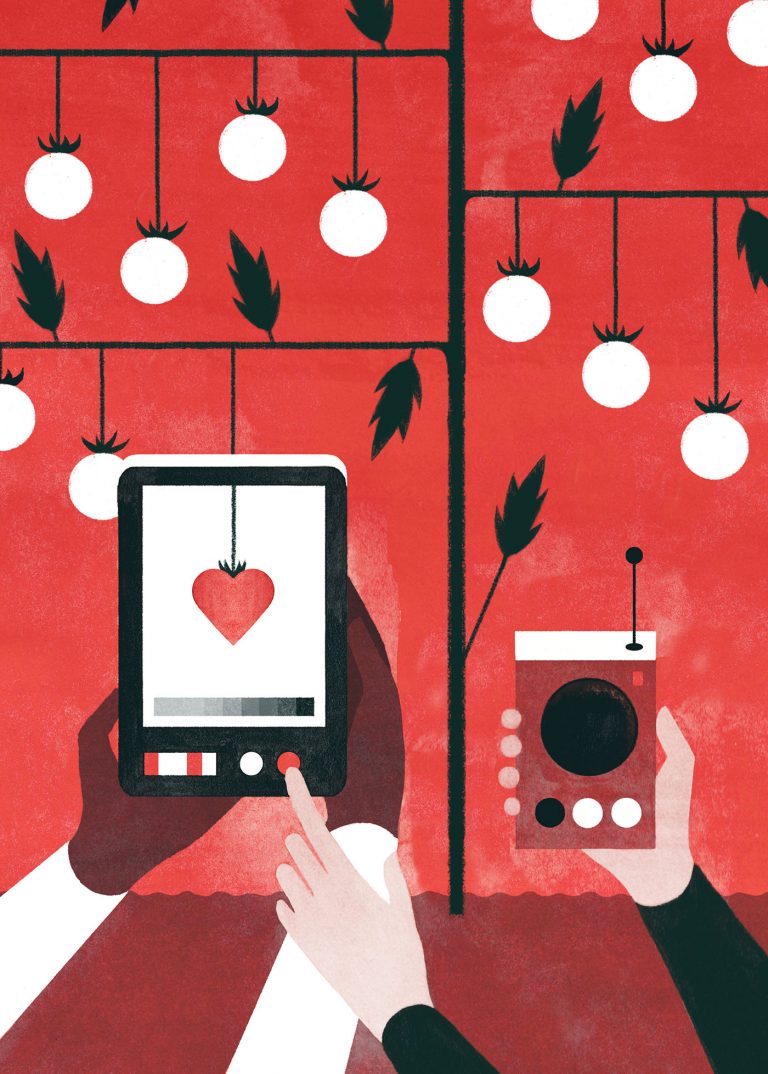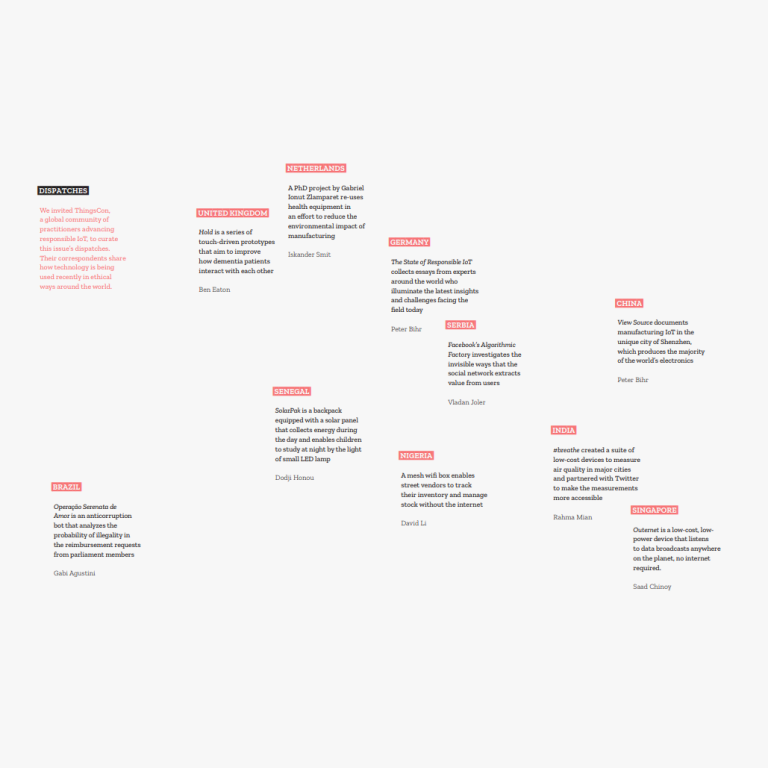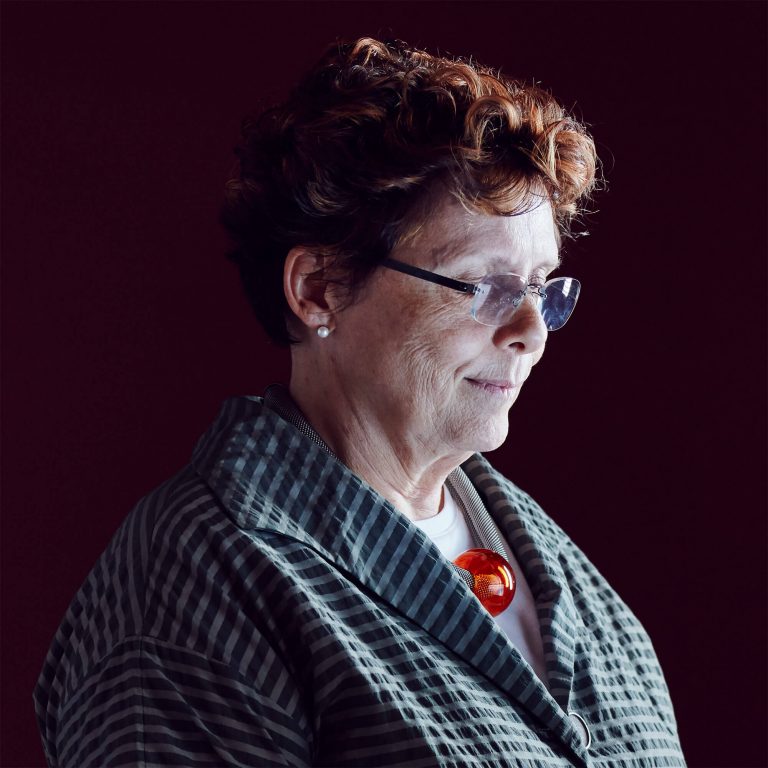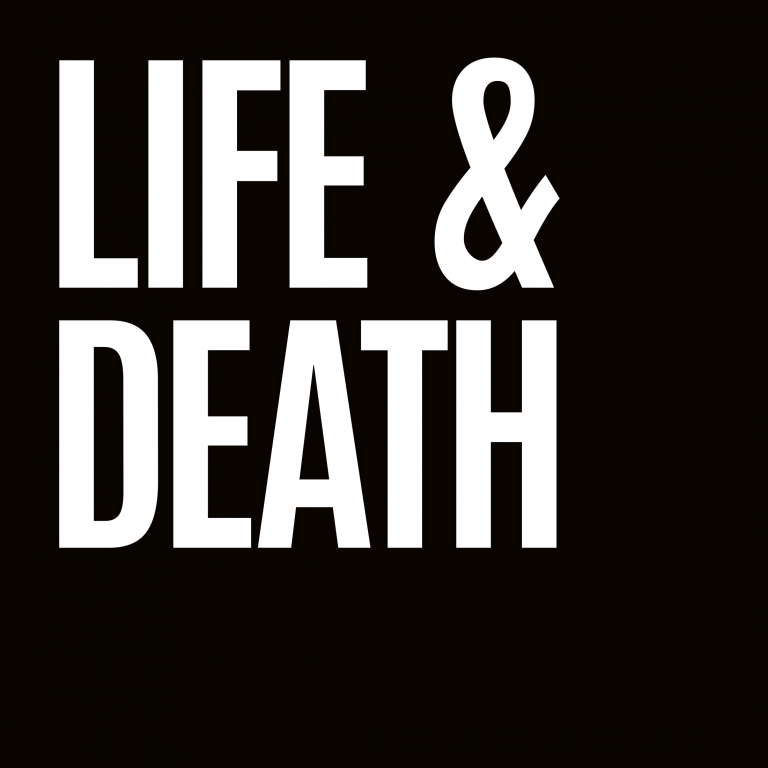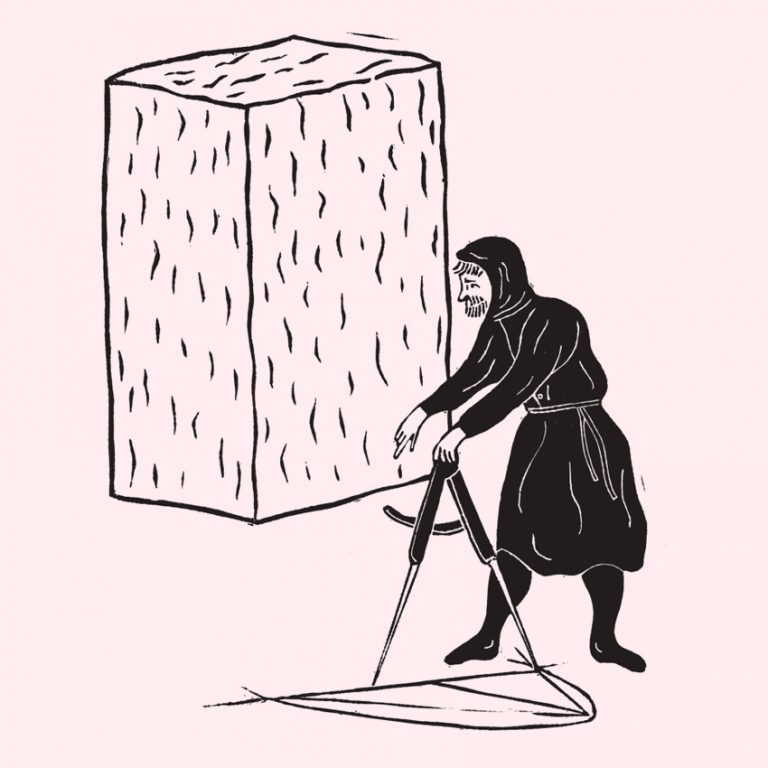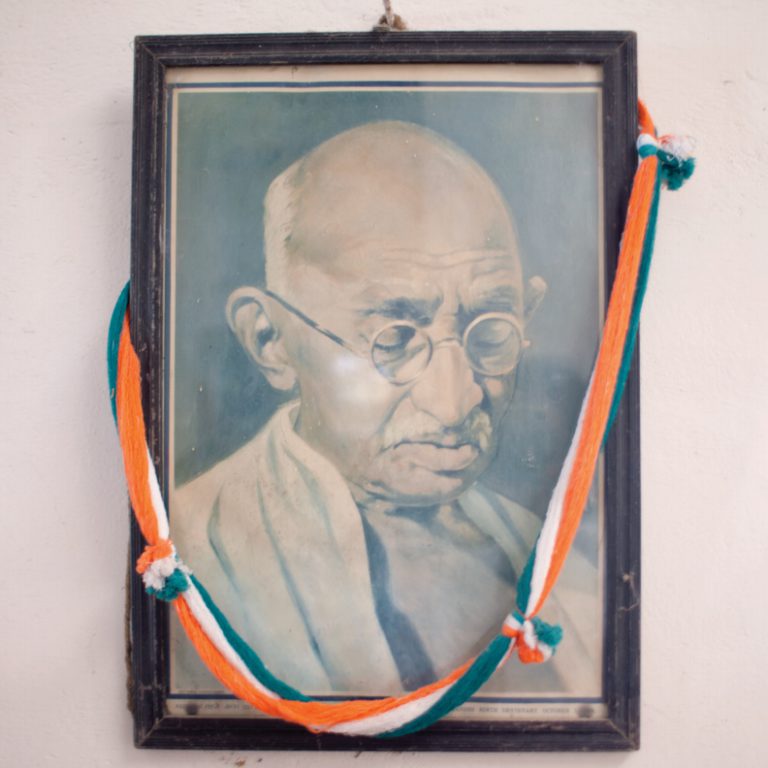
This innovation is welcome, but it leaves a difficult question unanswered: Under what circumstances will possession of this data contribute to the system transformation that we so urgently need? What’s missing, so far – from the Internet of Things in general, and remote sensing in particular – is a value benchmark against which to analyze the data being generated. We’ve created a global infrastructure that is brilliant on means, but unambitious when it comes to ends.
we lust for speed, perfection and control
A word on the background. Our whole society has been rendered cognitively blind by a metabolic rift between man and the earth. Paved surfaces, and pervasive media, shield us from direct experience of the damage we’re inflicting on soils, oceans and forests. The metabolic rift explains how we’re able put the health of ‘the economy’ above all other concerns. We lust for speed, perfection and control but, because we inhabit an abstract, digitally diminished world, we’re blind to the true costs of our activities – either because they are literally invisible or, more often, because the effects are being felt somewhere else; i.e. the environmental impacts of a resource-intensive economy don’t touch us directly, so we don’t think about them. Just because they are out of sight and out of mind doesn’t make them any less devastating. Our reliance on data underpins a concept of progress in which analogue local knowledge is usually downgraded and often disregarded. For the philosopher John Zerzan, our society-wide dissociative mental state began when we placed language, art, and numbers above other ways of knowing the world. Every representation, he argued, both simplifies and distances earthly reality. We once knew better. For much of human history, the idea that the world around us is ‘vital’ was common knowledge. Greek philosophers known as hylozoists made no distinction between animate and inanimate, spirit and matter. Roman sages thought likewise. In his epic work On The Nature of Things, the poet Lucretius argued that everything is connected, deep down, in a world of
we are part of a world of living things, not separate from it
matter and energy. Chinese philosophers, too, believed that the ultimate reality of the world is intrinsically connective; in the Tao, everything in the universe, whether animate or inanimate, is embedded – a stream of continuous flow and change. Buddhist texts, too, evoke a universe that’s in a state of ceaseless movement and connection. In seventeenth century Europe, the Dutch philosopher Baruch Spinoza conceived of existence as a continuum, an inseparable tangle of body, mind, ideas and matter. The belief that matter matters, so to speak, was then obscured for two intense centuries. First, by the fire and smoke of the thermo-industrial economy, and, more recently, by global communication networks. Now, as this self-devouring system unravels, the healing idea that that we are part of a world of living things, not separate from it, is resurfacing. Developments in science have done much to confirm the proposition that no organism is truly autonomous.
These discoveries do much to close the metabolic rift. In diverse context, Gaia theory, systems thinking, and resilience science, have shown that our planet is a web of interdependent ecosystems. A new narrative has emerged from the study of submicroscopic viruses, yeasts, bacteria in our gut, ants, mosses, lichen, slime moulds and mycorrhizae, trees, rivers and climate systems: These natural phenomena are not only connected; their very essence is to be in relationship with other things, including us. On a molecular, atomic and viral level, humanity and the environment literally merge with one another, forging biological alliances as a matter of course. The importance of this new perspective is profound. The division between the thinking self, and the natural world – a division that underpins the whole of modern thought – is beginning to dissolve. It follows that the great work of our time, and an answer to the value question that has so perplexed the Internet of Things, is to reconnect us, viscerally and emotionally, with the living systems we’ve lost touch with.
But how?
we need to perceive and empathize with ecosystems as systems
The tools for such a project are maturing. Low-cost sensing technologies as exemplified by Barcelona’s SmartCitzen allow citizens to assess the state of the environment directly. We can also measure oil contamination in our local river with a smartphone.
Thousands of people are monitoring the air they breathe using Air Quality Eggs. An ecology metrics list on Github lists an astonishing three thousand terms, from molecular phylogenetics to microrefugia, and myrmecology to ecophisiology, and scientists are developing tools to analyze, interpret and visualize this vast and growing cloud of data. Social networking enables this task to be shared. Attempts are also underway to integrate environmental monitoring, awareness enhancement, and behavioral change, within a unified framework. A European platform called Everyaware combines sensing technologies, networking applications and data-processing tools in one platform.
For Barcelona’s SmartCitizen team, and others in the fast-expanding field of citizen science, connecting people with their environment creates “more effective and optimized relationships.” Well, maybe. As I have argued elsewhere, we are still trapped at a system level in a “desert of the real”. There’s no indication, as yet, that possession of this data, on its own, will contribute to the system transformation that we so urgently need.
Is this the question to which the Internet of Things is an answer? When we first posed that foundational question at our third Doors of Perception conference, in 1995, ecological monitoring and remote sensing were the most popular suggestions. Twenty two years later, the proliferation of tools and platforms to implement those ideas is glorious. Yet our journey is only half complete. Remote sensing and monitoring have turned not, on their own, to be agents of system change. Going forward, our work therefore needs to focus on three things.
we have huge amounts to learn from nonliterate and indigenous cultures
First, we need to perceive and empathize with ecosystems as systems, not just with their component parts. Biophysical processes, including social-ecological ones, are shaped by forces below our everyday level of perception. We need ways to perceive and empathize not just with energy and nutrient flows, but also with social-economic systems such as credit, and financialization, which drive the economy to be extractive and ecocidal.
Second, connecting the dots, revealing system-level patterns, and searching for root causes, will be most effective within a framework of bioregional stewardship. A bioregion re-connects us with living systems, and each other, through the places where we live. It acknowledges that we live among watersheds, foodsheds, fibersheds, and food systems. not just in cities, towns, or ‘the countryside’. Growth, in a bioregion, is redefined as improvements to the health and carrying capacity of the land, and the resilience of communities. Its core value is stewardship, not extraction. A bioregion, therefore, frames the next economy, not the dying one we have now. Third, in our ongoing search for new and better ways of knowing and being, we have huge amounts to learn from non-literate and indigenous cultures whose experience of the world is more direct than our own.
There are no generic solutions to our situation; the way ahead will be based on knowledge that is local, experienced directly, contextual, and embodied. Only when we connect with living systems emotionally and not just rationally, when we focus on the informal, the local and the conversational, will things really begin to change.


